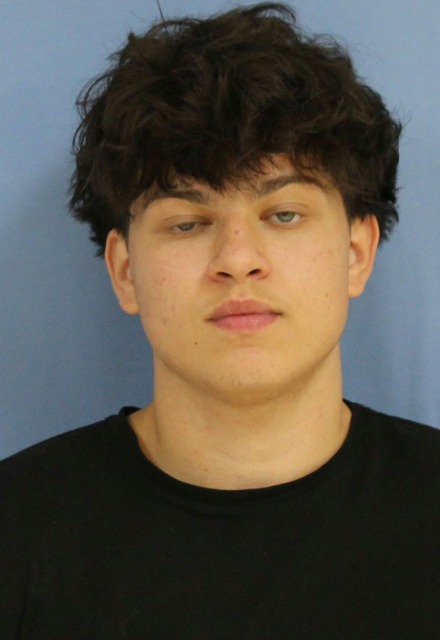Common heart disease myths
Published 12:00 am Wednesday, February 24, 2021
|
Getting your Trinity Audio player ready...
|
There are tons of myths and misconceptions about heart disease floating around. Many of these falsehoods have been adopted to the point where we have trouble separating them from our understanding of what heart health looks like. Unfortunately, heart disease is a silent killer and it can affect anyone at any time. Don’t let yourself be fooled into thinking that the conventional rules about heart disease don’t apply to you.
Heart disease myths range from who is most vulnerable, what you can and can’t do in terms of exercise and eating and what a heart attack looks and feels like. To keep ourselves healthy and in the best possible position to prevent heart disease, we need to know what’s real and false.
Trending
Below are six enduring myths about cardiovascular disease which need to be put to rest.
Myth: I Don’t Have to Worry About Heart Disease Until I’m Older
While the risk of heart disease does increase with age, younger people are still affected, too. Blockages in our heart arteries develop over many years until symptoms or heart attacks develop in middle age. The time to make an impact is when we are young before too much of that blockage has developed.
Rising obesity rates in younger people mean that we’re developing heart disease earlier than ever before. Obese women develop heart disease about four years earlier on average than their normal-weight counterparts. Leading an unhealthy lifestyle, having diabetes or being born with a heart condition also puts you at risk.
Myth: Heart Disease Affects More Men Than Women
This old myth has no merit, yet many people still mistakenly think of heart disease as a man’s disease. Heart disease kills more women than men, albeit at later ages. Women receive some protection against heart disease from estrogen in their pre-menopausal years. Still, after that their risk is about the same as a man’s.
Myth: If I Had Heart Disease, I’d Know
You can’t feel it when your blood pressure or cholesterol levels are elevated. Often, the first sign of a heart problem is heart failure or a heart attack. Approximately every 30 seconds, an American has a heart attack. Heart disease must be diagnosed by a physician, which is why it’s so important to get your numbers checked regularly.
Myth: It’s Not A Heart Attack If I’m Not Having Chest Pain
Chest pain may be the most common symptom of a heart attack, but it’s far from the only one. Many women in particular have heart attacks without having chest pain at all. Be on the lookout for:
- Shortness of breath
- Nausea or vomiting
- Back or jaw pain
- Dizziness or fainting
- Pain in the upper abdomen
- Extreme fatigue
One study showed that only a little more than a quarter of people knew the symptoms of heart disease. Discuss changes and symptoms with your physician for a proper diagnosis.
Myth: It’s Dangerous to Exercise After A Heart Attack
Exercise is essential to recovering after a heart event. People who engage in regular physical activity and make other heart-healthy changes after a heart attack live longer than those who don’t. Under the guidance of a cardiac rehabilitation program, you should return to physical activity as soon as possible.
Dr. Mark Gonzalez received his medical degree from the University of Texas Medical School in Houston. He completed his internship at Baylor College of Medicine in Houston, and his residency at Scripps Green Hospital in La Jolla, Calif. He completed his fellowship in cardiology at the University of Arizona in Tucson. Dr. Gonzalez is board-certified by the American Board of Internal Medicine. He has been on staff with Ochsner since August 2020 and specializes in cardiology and interventional cardiology. To schedule an appointment with him at Ochsner Health Center – Laplace Cardiology (502 Rue De Sante, Suite 206, LaPlace.), call 866-624-7637.






